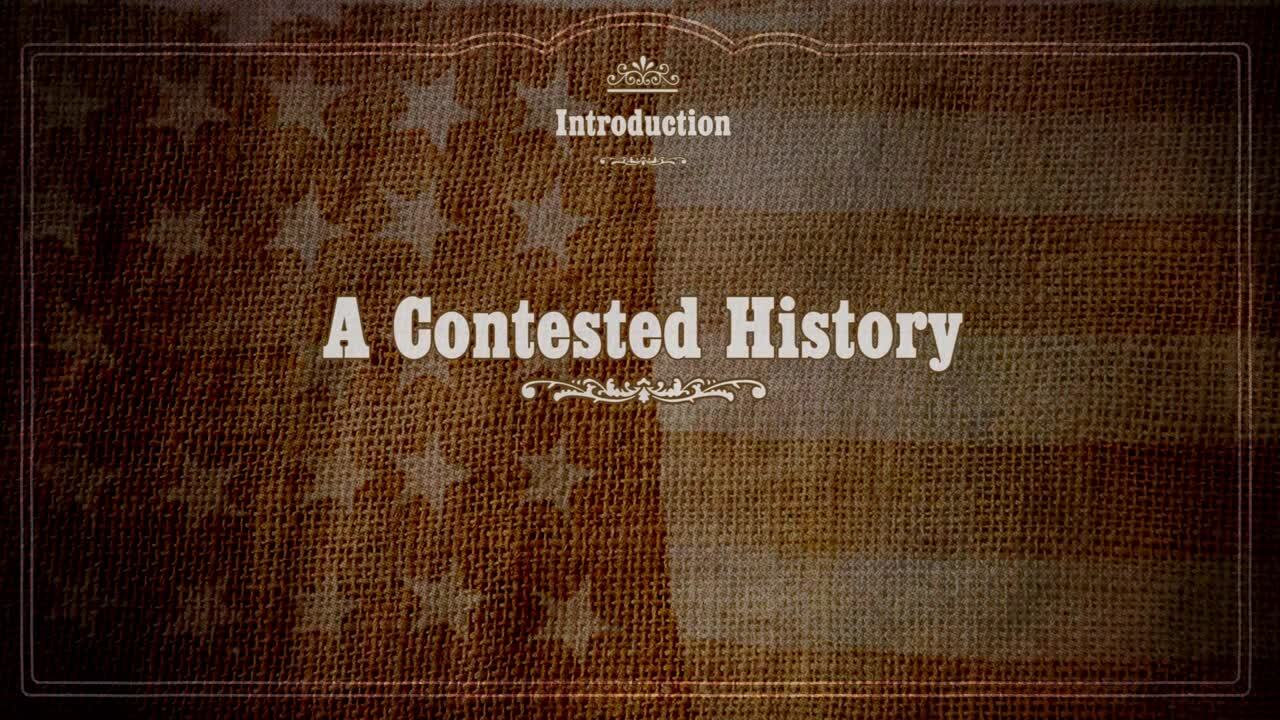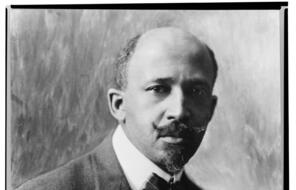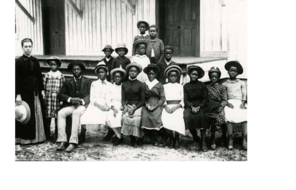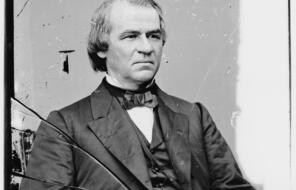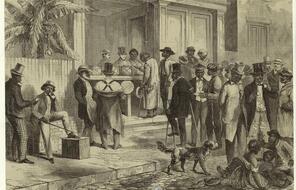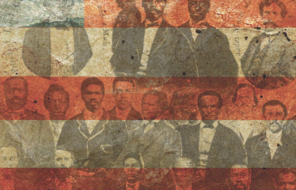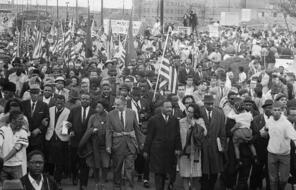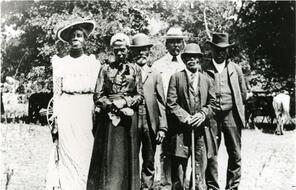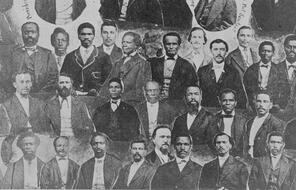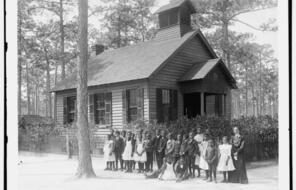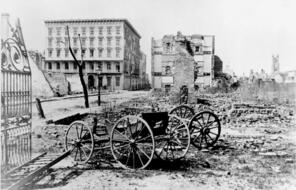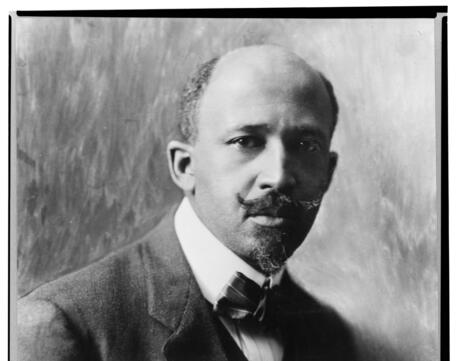
A Contested History
Duration
One 50-min class periodSubject
- History
Grade
9–12Language
English — USPublished
Overview
About This Lesson
Throughout most of the twentieth century, US history books, films, and other works of popular culture told a story of Reconstruction that today’s historians consider obsolete and incorrect and that was used to justify segregation. Many Americans still hold misconceptions about the Reconstruction era to this day. Centered on the video A Contested History, and enhanced with readings and activities, this lesson will illuminate how our experience of the past affects our choices and beliefs in the present. By watching the video and analyzing historical documents, students will learn about the misrepresentations of the history of Reconstruction. Students will also discuss and reflect on how the way a society understands its history can shape individuals’ beliefs about the present and can affect political, economic, and social choices.
This lesson is part of Facing History’s work on the Reconstruction era and part of a series of lessons focused on our Reconstruction videos. Use this lesson toward the end of your Reconstruction unit to engage students in conversations about the implications of how a history is remembered.
Lesson Plans
Activities
Extension Activities
Materials and Downloads
A Contested History
Unlimited Access to Learning. More Added Every Month.
Facing History & Ourselves is designed for educators who want to help students explore identity, think critically, grow emotionally, act ethically, and participate in civic life. It’s hard work, so we’ve developed some go-to professional learning opportunities to help you along the way.
Exploring ELA Text Selection with Julia Torres
On-Demand

Working for Justice, Equity and Civic Agency in Our Schools: A Conversation with Clint Smith
On-Demand

Centering Student Voices to Build Community and Agency
On-Demand


